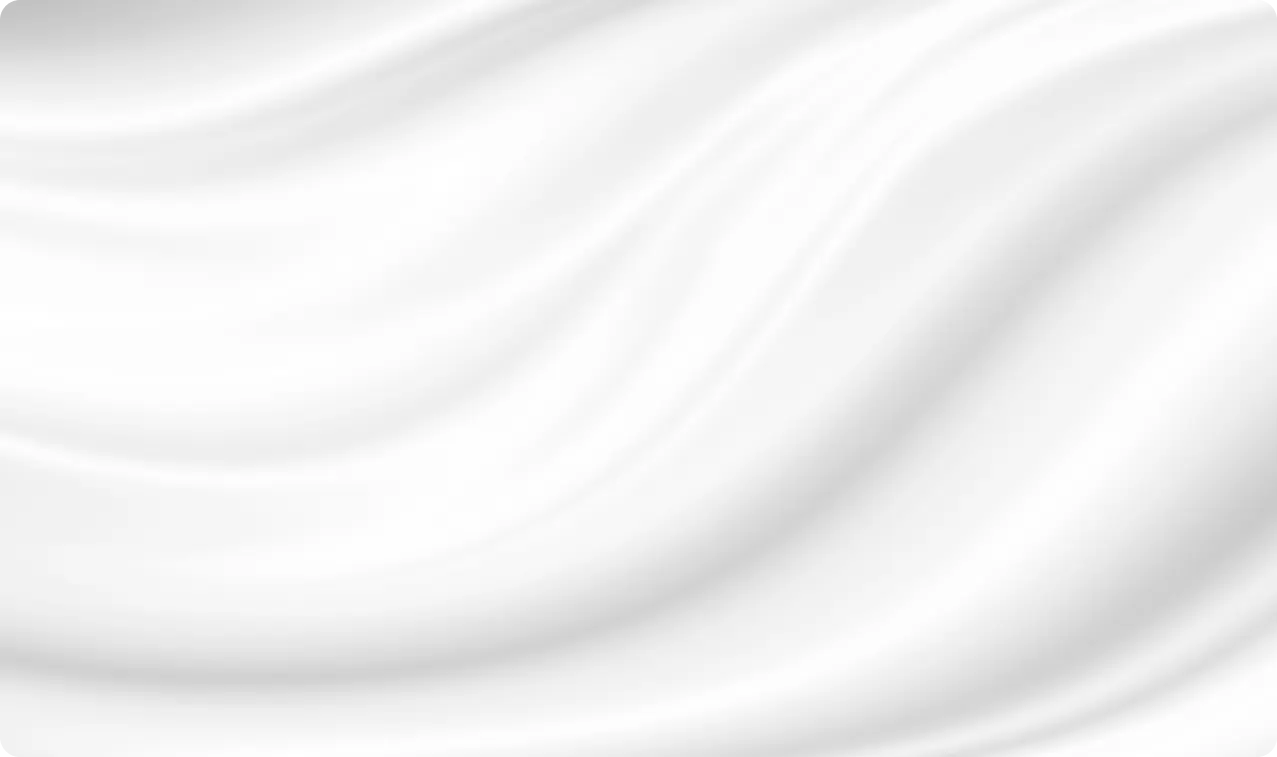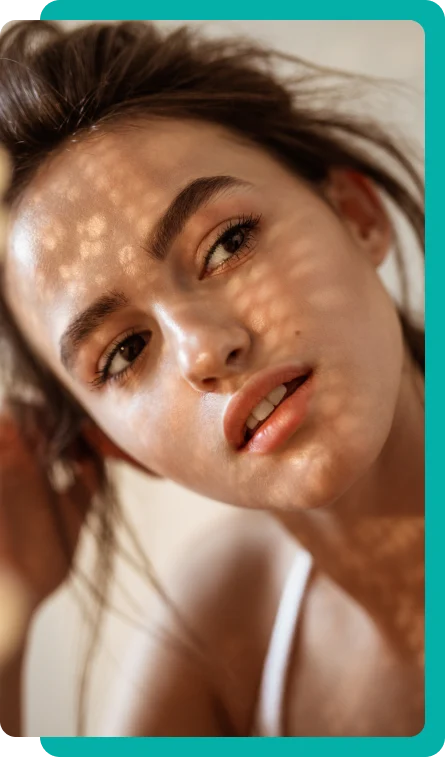For Patients
About
For Providers
Locations
Blog
Contact
Menu
Blunt needle cannulas often offer advantages for cheek fillers, including reduced bruising, the potential for decreased complications, and smoother results, making them a preferred choice for many injectors and patients.
Are you considering cheek fillers to add volume and contour to your midface? One important decision you and your provider will make is whether to use a blunt needle cannula or a sharp needle to inject the filler. But which technique is better suited for cheek augmentation?
The tools used to inject dermal fillers can significantly impact your treatment experience and outcomes. The two main options are:
Cannulas are thin, flexible tubes with a blunt, rounded tip. They come in varying diameters, gauges, and lengths.
Blunt needle cannulas used for cheek augmentation are typically 24-gauge or 25-gauge with a flexible Microcannula tip design. They contain a hollow bore opening on the sides near the tip through which filler flows.
Needles used for fillers feature a very sharp, beveled tip able to cleanly pierce through tissue. Like cannulas, needles come in many sizes such as 30-gauge, 32-gauge, up to 34-gauge for superficial treatments.
The choice of needle size is also critical for achieving optimal results in cheek fillers. Typically, practitioners use larger gauge needles (such as 27-gauge) for cheek augmentation to accommodate thicker hyaluronic acid fillers like Juvederm Voluma. Smaller needles (such as 30-gauge) may be reserved for finer fillers or more superficial injections.
Now that you understand the basic design differences, let’s explore how these tools work to deliver filler into the cheeks.

The technique your provider uses to administer cheek fillers will depend on whether they opt for a blunt cannula or sharp needle. Here are the key differences:
With a cannula, the provider first inserts the blunt tip into the initial access point, then threads the flexible shaft underneath the skin to the treatment area.
Filler is steadily injected as the cannula is moved foward and backward in controlled motions into the subcutaneous layer. This distributes the filler evenly over a wider surface.
The cannula tip design helps avoid blood vessels, while the continual back-and-forth motions gently separate tissue layers without direct poking and prodding.
This technique requires creating multiple access points to treat the entire cheek area evenly. An advantage is that cannulas allow complete, customizable coverage based on your specific needs.
When using a sharp needle, the provider repeatedly punctures the skin at close intervals directly into the treatment area. The beveled needle tip penetrates at each injection point to deliver the filler deeper into tissues.
The injections are placed methodically across the cheek zone to gradually build volume. Needles give precise control over the filler placement and depth with each injection.
This leads to a more concentrated, localized dispersion of filler compared to the wider distribution from cannulas. Repeated poking with the sharp needle may increase bruising and irritation.
Now let's analyze the potential benefits of choosing cannulas over needles for your cheek filler procedure.
Many plastic surgeons and cosmetic dermatologists prefer using blunt needle cannulas as their go-to technique for administering cheek fillers. Here are some of the top reasons:
The blunt, rounded cannula tip glides smoothly through the subdermal space and is less prone to penetrating or nicking blood vessels. Needles carry a higher risk of vascular trauma leading to bruising or, in rare cases, vascular occlusion.
Patients typically report significantly less pain with cannulas compared to sharp needles poking in and out of the skin. The cannula's movements cause less overall trauma resulting in minimal swelling and tenderness after.
The flexible cannula shaft allows your provider to precisely guide the filler being discharged for optimal placement and a natural look. Needles can only inject filler at fixed points.
The milder injection process using cannulas means you can expect less downtime. Many patients resume normal activities immediately without bruising or swelling.
Clearly the advantages are substantial, however cannulas aren’t necessarily better across the board. Let’s now look at some of the limitations.
While generally safe, here are a few factors to keep in mind regarding blunt needle cannulas:
Now let's see how these potential limitations balance against benefits for sharp needles.
There are certain advantages that sharp needles can provide over blunt cannulas in some circumstances:
However, needles also have some inherent downsides to consider:
The cost of your cheek filler procedure will depend on several factors:
However, cannulas may yield higher value in the long run based on:
While needles represent the more affordable option initially, the benefits of reduced touch-ups and potentially fewer syringes needed ultimately make cannulas the more cost-effective choice for many patients.

With a deep understanding of the differences between these two filler injection techniques, you can now make the optimal choice based on:
An experienced plastic surgeon or cosmetic dermatologist will guide you through all of these factors during your consultation. Don't be afraid to ask which technique they prefer and why.
Based on medical evidence, expert consensus, and clinical results, blunt needle cannulas offer significant advantages compared to sharp needles for achieving smooth, natural-looking cheek augmentation.
The gentler, more controlled cannula technique minimizes risks of bruising, swelling, pain, and other side effects. It allows customizable filler placement to meet your facial goals with long-lasting outcomes.
While needles may still play a role for certain focused treatments, blunt needle cannulas are generally the safer, more effective method for enhancing the cheeks with dermal fillers. Discuss your options thoroughly with an experienced provider before deciding on the best approach.
We hope this guide has distilled the key considerations around needles versus cannulas down to actionable insights you can apply to your own cheek augmentation journey. The method chosen will significantly impact your experience and satisfaction, so be sure to make an informed decision!

Join Dr. Lanna & Dr. Doshi for a Transformation
Unlock the possibilities with our certified facial and oculofacial plastic surgeries. Attend our free webinar to find out how we can tailor solutions for you, with financing available to fit your budget.
